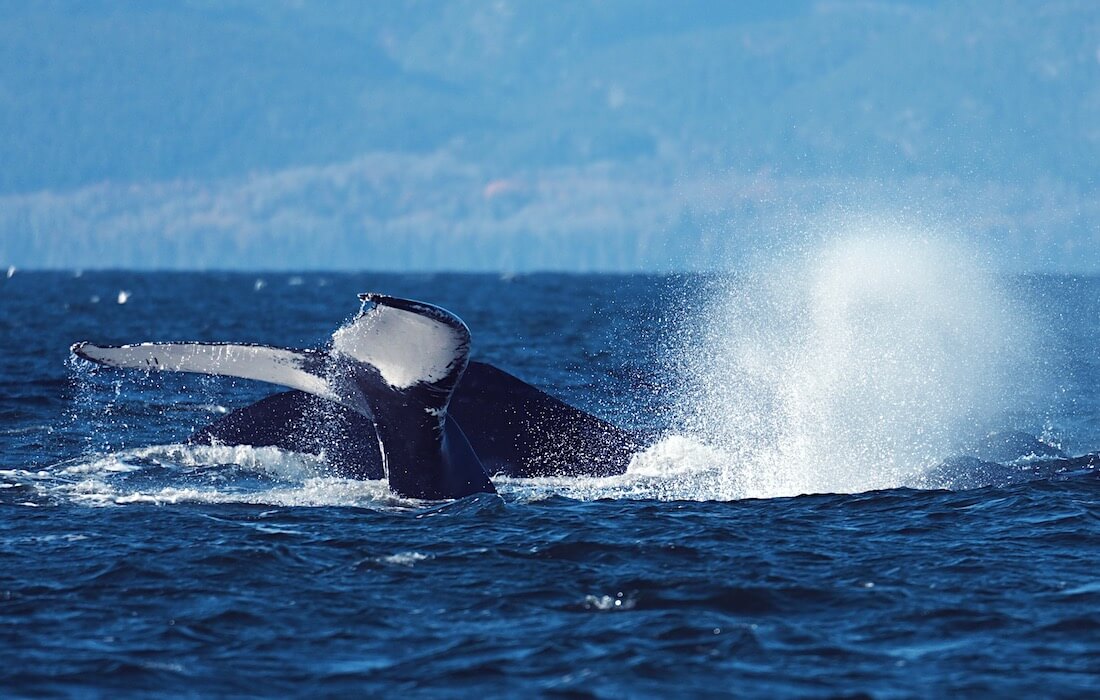Belugas of Cook Inlet (cont’d.)
Second week with belugas in Alaska. Even if the scenery and water colour are a reminder that we are far from the St. Lawrence, our first week on the boat made us feel right at home. Cook Inlet belugas swim, breathe and turn around in circles just like those back home. Our second week, however, provided us with a more of a change in scenery.
For this pilot project aiming to assess the best techniques for obtaining biopsies, we worked all of the past week on land… or in the mud to be more precise. Cook Inlet belugas frequent the mouths of a number of salmon rivers. These extremely narrow, shallow watercourses carved in the mudflats lead to the spawning grounds of five native species of salmon prized by belugas.

A team of biologists and technicians from the JBER (Joint Base Elmendorf-Richardson) military base is studying the behaviour of belugas in Eagle River, which traverses the base’s firing ranges. Led by Chris Garner, the team is conducting a monitoring program using a network of passive acoustic buoys deployed between the river’s mouth and over 4 km upstream. Observers posted at the entrance of the river note the whereabouts of the animals from the steep banks that are alternately covered and exposed by tides of over 10 metres.

It is from these banks that we have been carrying out our project. When the belugas enter the river, one can witness or at least suspect panic in the salmon swimming along the shore. Belugas use the cliffs to catch their prey. Meanwhile, with our feet sunk deep into the mud, we observe the scene and take advantage of the close proximity of the animals to take samples.
Our mission now complete, we resume work with “our” belugas starting next week.
 Property of the GREMM and the St. Lawrence National Institute of Ecotoxicology, the Bleuvet is a research boat dedicated to the research program on St. Lawrence belugas. Managed by GREMM scientific director Robert Michaud, the Bleuvet crew is composed of Michel Moisan, Tim Perrero and Simon Moisan.
Property of the GREMM and the St. Lawrence National Institute of Ecotoxicology, the Bleuvet is a research boat dedicated to the research program on St. Lawrence belugas. Managed by GREMM scientific director Robert Michaud, the Bleuvet crew is composed of Michel Moisan, Tim Perrero and Simon Moisan.





